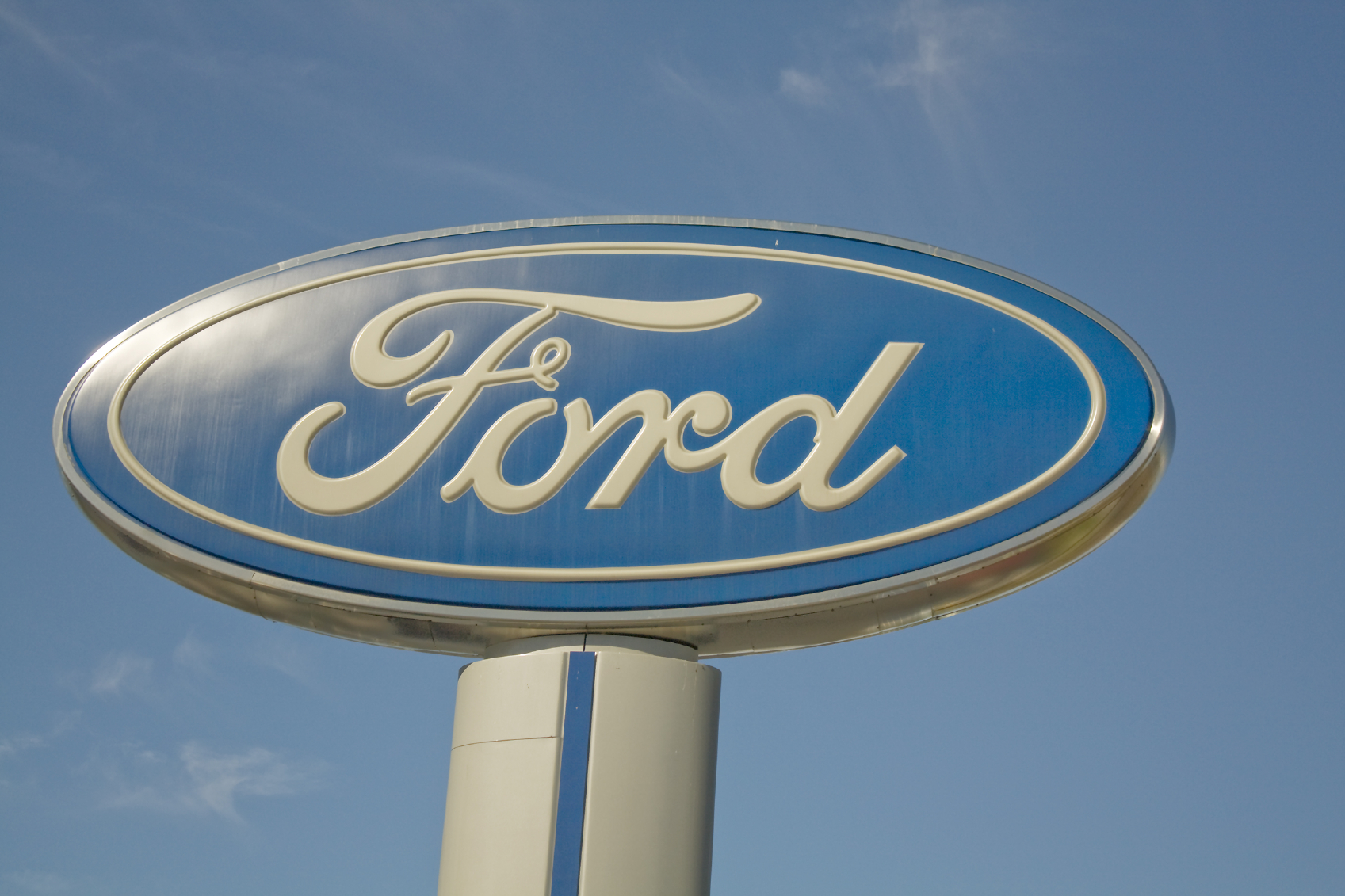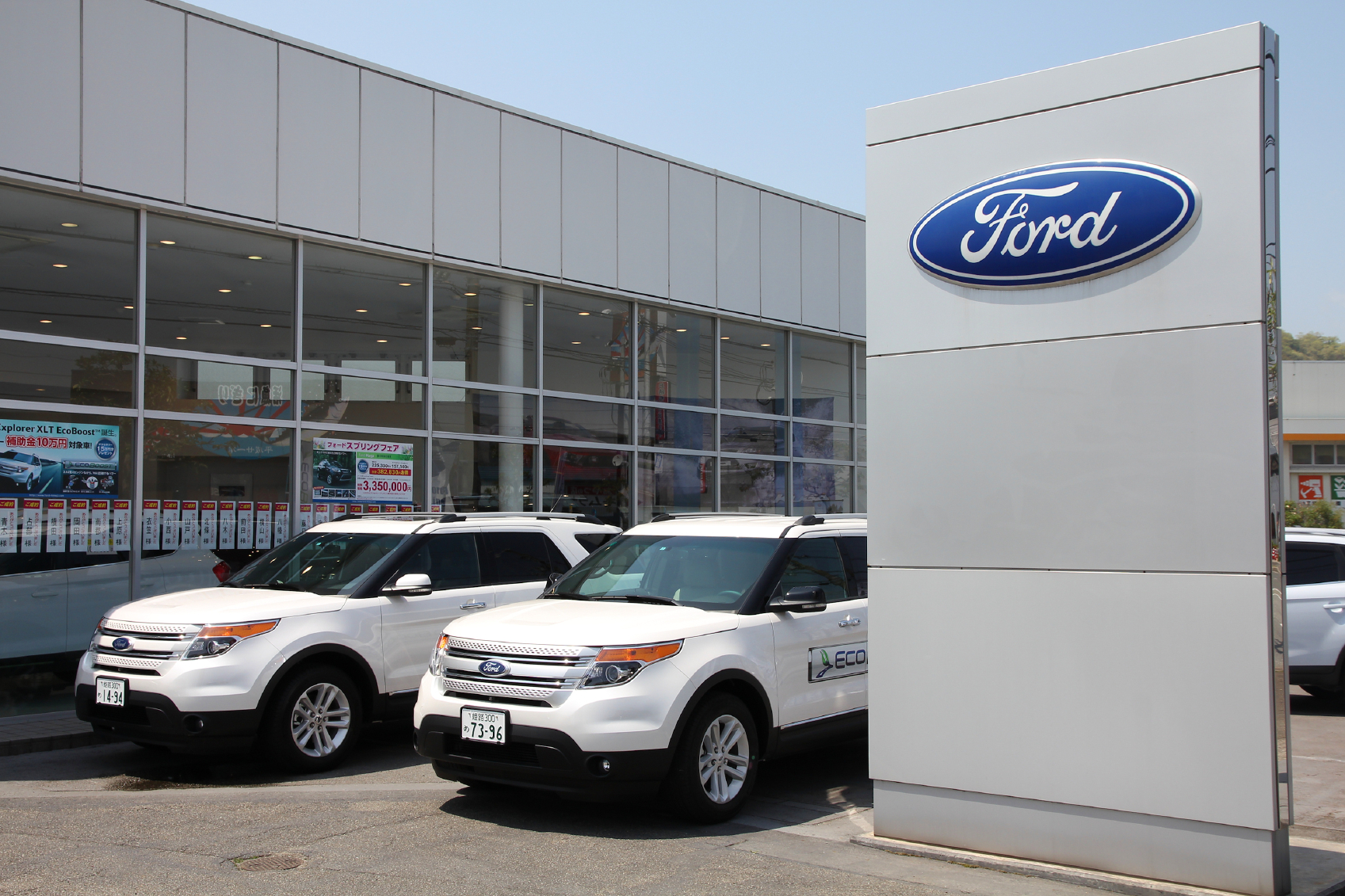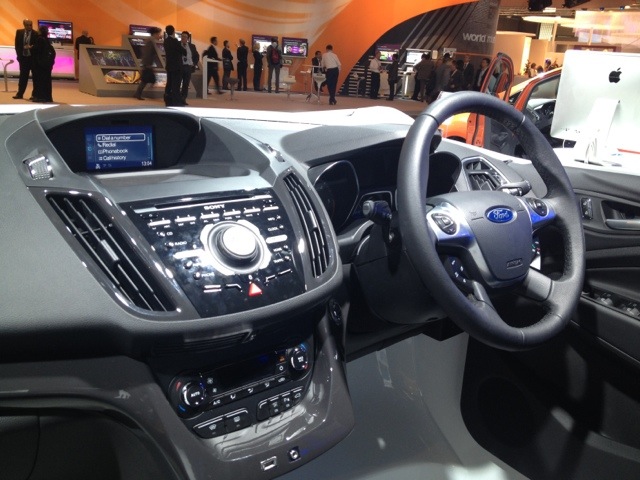The organization behind Mobile World Congress, the GSMA, launched the Connected Car Forum as a way to bring together Auto Makers and Mobile Network Operators (MNOs) to agree on standards and shape the future of telematics. At a 2-hour forum at this year’s show, a series of auto-makers and MNOs gave presentations about their hopes, dreams and competing visions for the space.
Kicking things off, the moderator expressed the goal that by 2015, 50% of cars sold would feature connectivity. By 2025, the hope would be that all new cars would ship with the capability of being connected. He outlined for areas of focus for his organization:
- Enablers: Remotely provisioning service and establishing billing models
- Operational: Improve tethering and defning next gen standards
- Regulatory: Shape requirements around safety regulation
- Business Development: Big Data, LTE in cars
First up to discuss his company’s efforts in the connected car space was Marcus Keith, the head of Audi’s program Audi Connect. He spotlighted current functionality being deployed in the A3 model, which includes Point of Interest search with voice control, music streaming and web radio, Facebook and Twitter. There are also more utilitarian features such as flight & train information, as well as fuel prices. A major focus for them is developing something they call Audi App control, which is the ability for them to wirelessly provision apps to an individual car that can be controlled through already existing in-dash buttons.
In a demo video of their voice control functionality, a driver says “Seafood” and is presented with a numbered list of seafood restaurants. The driver says “2” and it routes her to restaurant #2 on the list, which it then shows on Google Street View so the driver will recognize it upon her arrival.
A major pain point for them currently is managing the provisioning of SIM cards to the automobiles. There’s is a “built-in solution, which does not require a smartphone data plan to function. It is very onerous for them at the factory level to install different SIM cards depending on which geography a given car is being produced for. Also, if they need to switch network providers for price or contractual reasons,the cars have to be brought in for service.
Their wishlist for the MNOs (including the ones seated on the same panel) had at the top the ability to install remotely provisioned SIM cards that can be altered remotely. This way they could install the same SIM in every car leaving the plant, and then at the local level they can configure it wirelessly. Second on their wishlist would be the availability of an affordable flexible data package. This is of particular importance in Europe, where people are free to travel very easily across international borders, but can run up against steep roaming mobile fees. This needs to be transparent to drivers, Audi would argue.
To sweeten the pot for MNOs, Mr. Keith suggested having the MNOs think about the car purchase moment as an opportunity to upsell a consumer on a larger data plan. As long as the cost is not prohibitive for a flexible roaming data plan (which it is now), they could generate substantial additional revenue.
Lastly, there is a major need for split billing of data on a given car-borne SIM. The car maker would want to pay the data fees for diagnostics and basic service, while the customer should be on the hook for data usage related to infotainment. Currently splitting the payment on a single SIM in this manner is not supported by the MNOs.
Next Robert Jagler, the Director of Connectivity for Volvo presented his company’s vision. Theirs too is a “built-in” system, which has been evolving from “Volvo On Call” to the Sensus platform. The former was primarily about diagnostics and support, whereas the latter adds more robust infotainment services. In the Volvo video demo, a user launches and controls her Spotify account using her voice.
Mr. Jagler went on to highlight an interesting business model change posed by mobile. Traditionally, Volvo corporate interacts directly only with dealers, who in turn interact with customers. But with these types of services, Volvo would be establishing a direct relationship existing in parallel with the traditional dealer intermediated relationship.
BMW was up next, and Markus Kaindi presented their ConnectedDrive system. It includes the familiar set of infotainment and social media applications. He too expressed a strong desire for remote SIM management. Current SIM integration binds a car to a single service provider for the life of the vehicle. He also asked the MNOs to agree on such a standard as soon as possible. Mr. Kaindi described roaming charges on car services an “innovation killer”, as Big Data based applications will require LTE-like levels of service.
He went on to say “Automotive products must be able to communicate independently of their customers, devices, situation or location”, for example in an emergency situation.
While the preceding presenters discussed cars at the high end of the market, Corinne Lauer of Renault presented solutions for middle-market vehicles. The R-Link platform is built around a 7″ Android-based tablet embedded in the dash. It is modified to integrate with car information and controls. The R-Link Store is their app marketplace. Their apps include a fuel price application, news content from EuroNews, and a Yellow Pages type app for looking up businesses.
Pierre Masai from Toyota described the leading car maker’s current tethered “Touch & Go” solution that connects through a driver’s mobile device. He too stressed the difficulty of integrating connectivity into the car itself based on the current technology landscape. In the meantime they hope to work on smoother device pairing, perhaps replacing Bluetooth pairing with NFC.
In the face of all these calls for carrier cooperation, the panelists who were from European carriers stressed the level of difficulty involved. In effect they were being asked to rapidly agree on a new standard and roll it out, all in support of data plans that would be much cheaper per megabyte, and they would be forgoing the usual ransom they extract for data roaming. So suffice it to say, the MNOs represented were not especially excited about rushing to meet the calls of the car makers.
Which isn’t to say that this future wouldn’t happen, it’s just that they seemed to indicate this was a particularly thorny challenge for them, and that the auto makers would just have to be patient.
One exception to the car makers’ stance was presented by John Ellis from Ford. He is the Global Technologist and Head of the Ford Developer Program. Ford is firmly betting on the “brought in” approach rather than the “built-in” approach, embracing tethering rather than trying to escape it. Ford’s vision is to extend existing mobile applications into the car, and thus creating a more seamless experience. They are excited to be leaders in the space, and announced today that they are contributing AppLink to the open source GENIVI project. Ford is striving to be as developer friendly as possible, and since CES in January they have signed up over 2700 deveopers to their platform. They present a compelling opportunity for reaching an audience of drivers. BY 2015 there will be 14 million SYNC-equipped vehicles globally, with 10 million capable or equipped with AppLink.
The session today was very informative and interesting. It points to a still murky overall landscape, but lots of energy and innovation shaping the connected car of the future.





